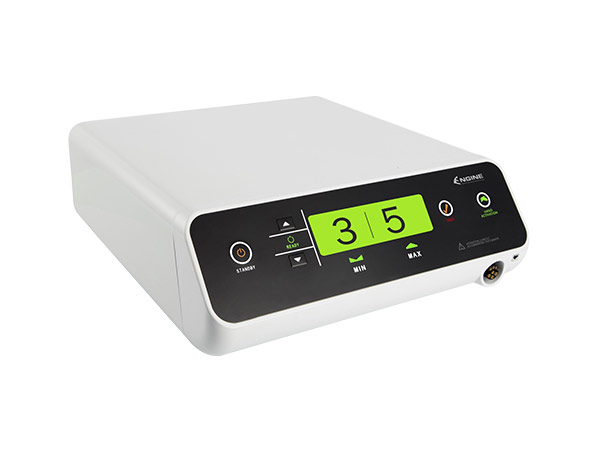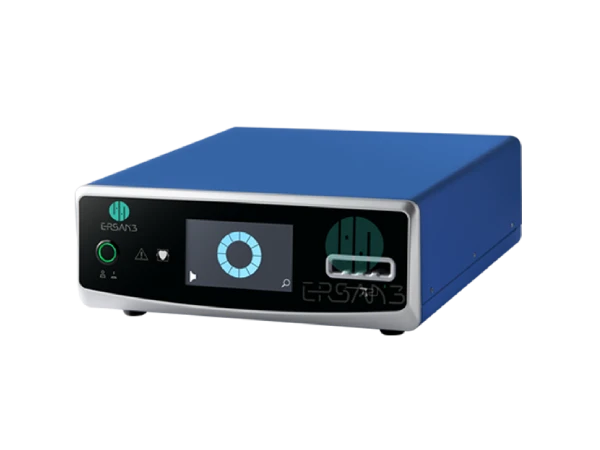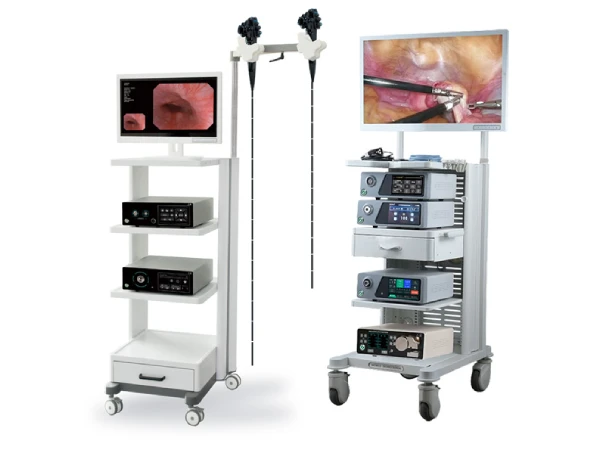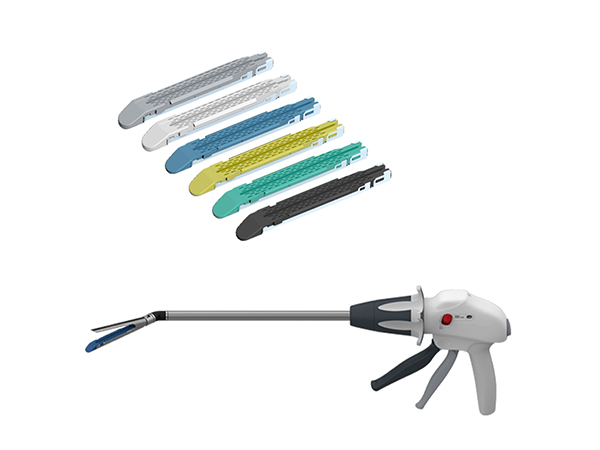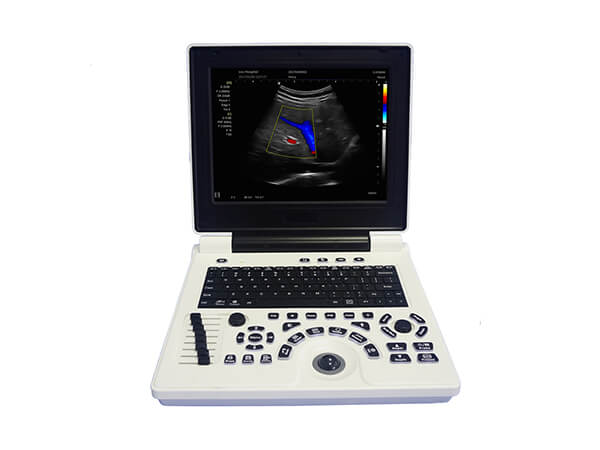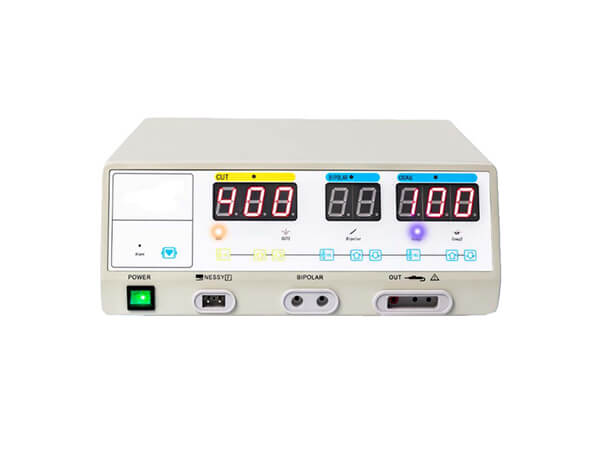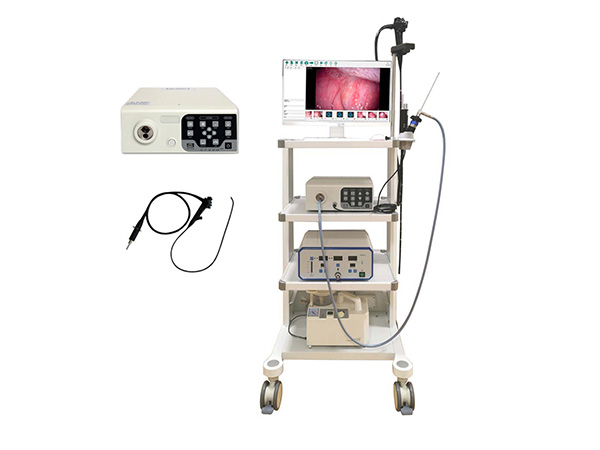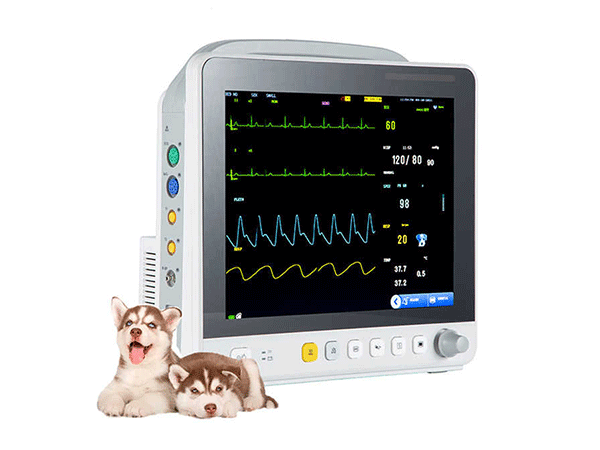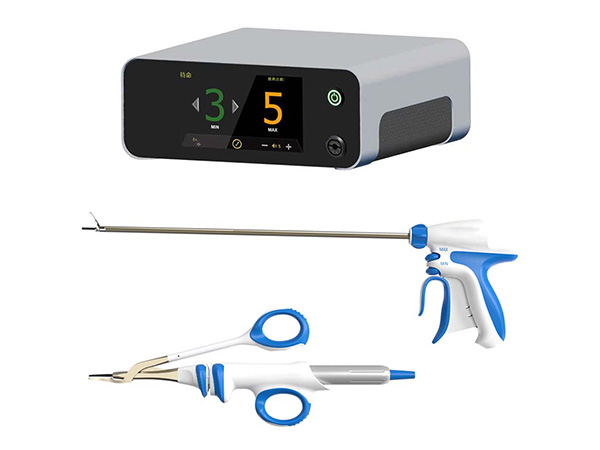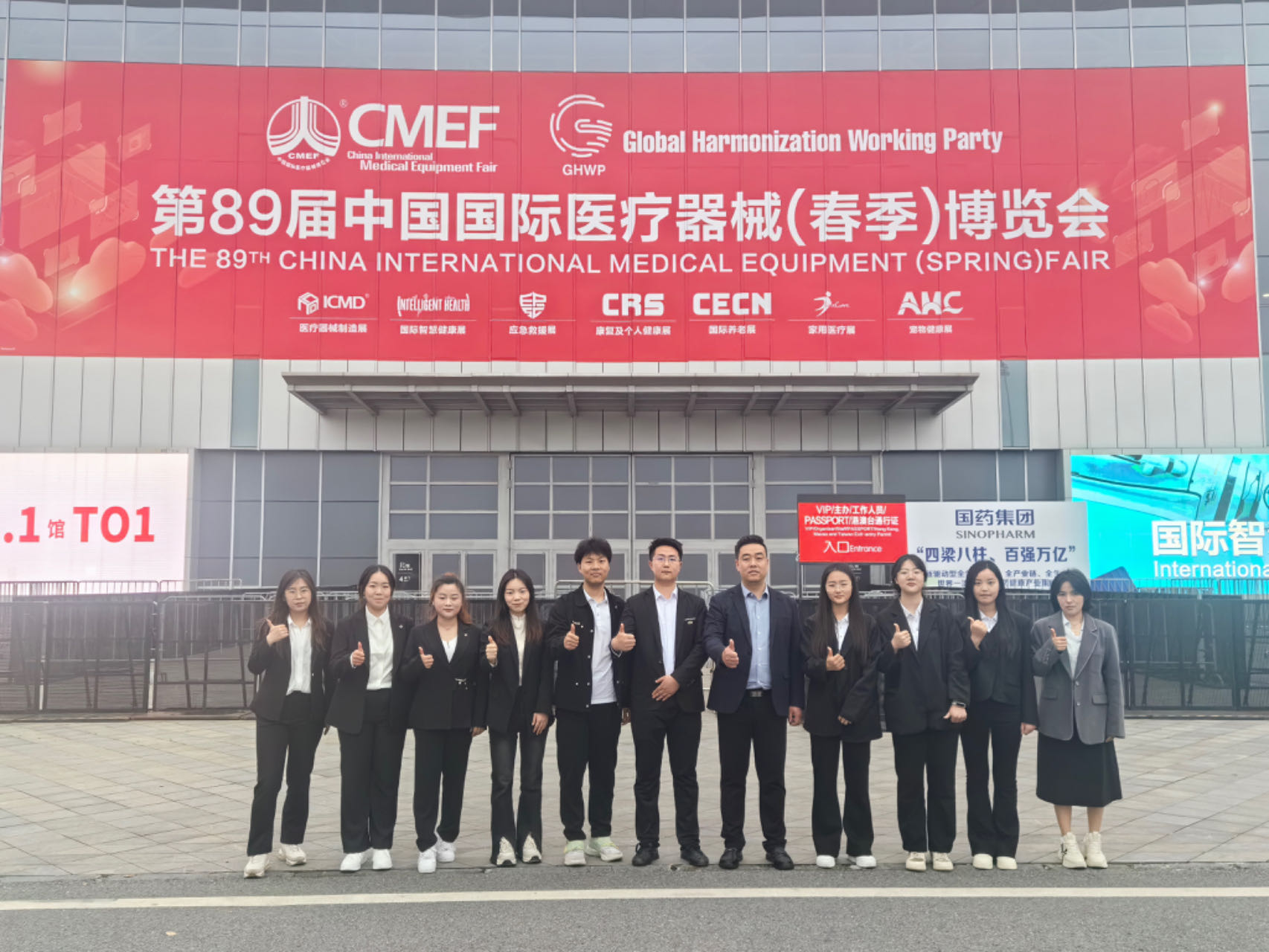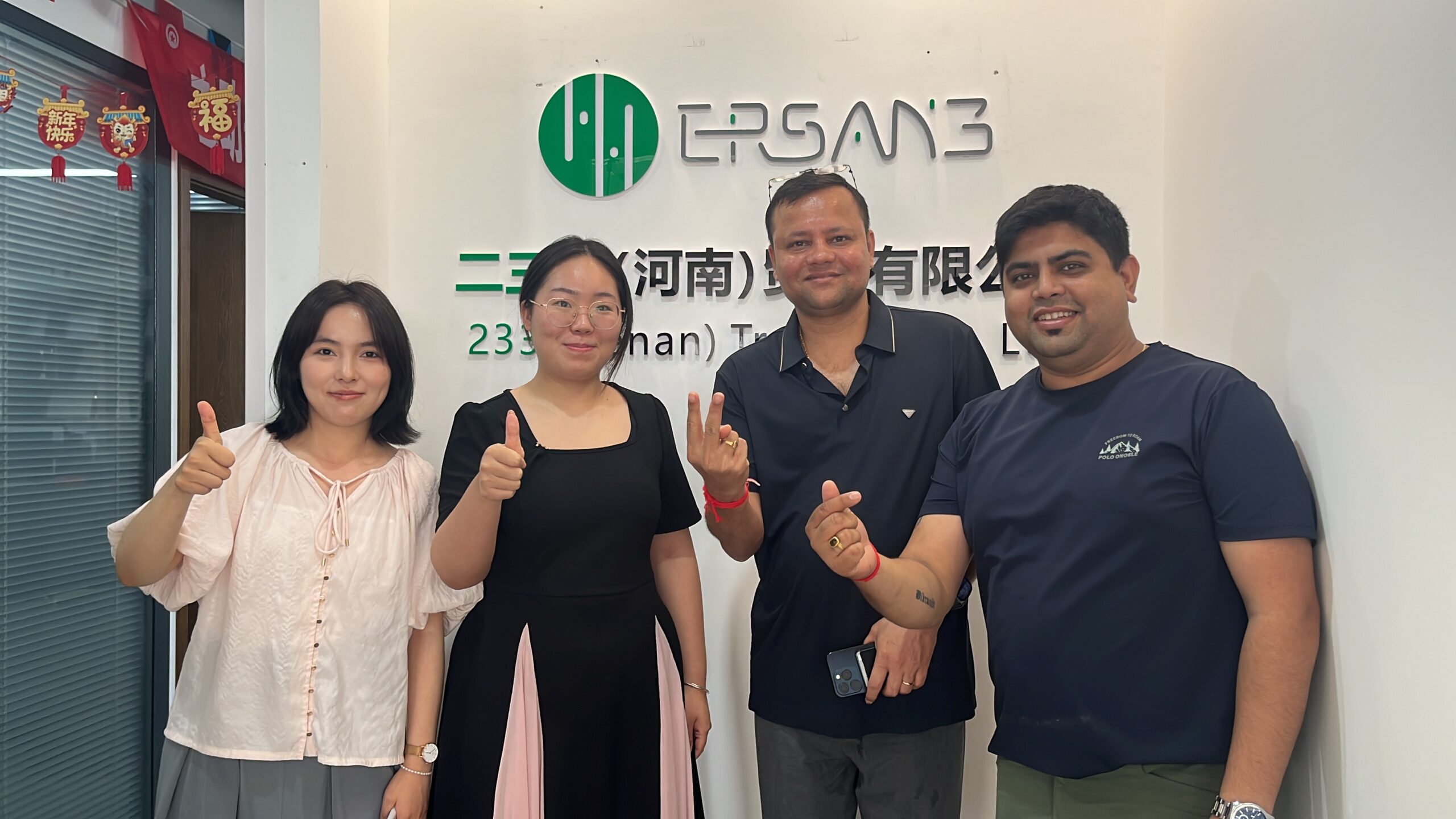Endoscope Disinfection: A Comprehensive Guide
In the medical field, endoscopes are vital for minimally invasive surgeries and diagnostics. However, proper disinfection is crucial to prevent cross - infection. Different brands and models of endoscopes require different disinfection methods. This article focuses on the disinfection methods for endoscopes sold by 233 Medical.
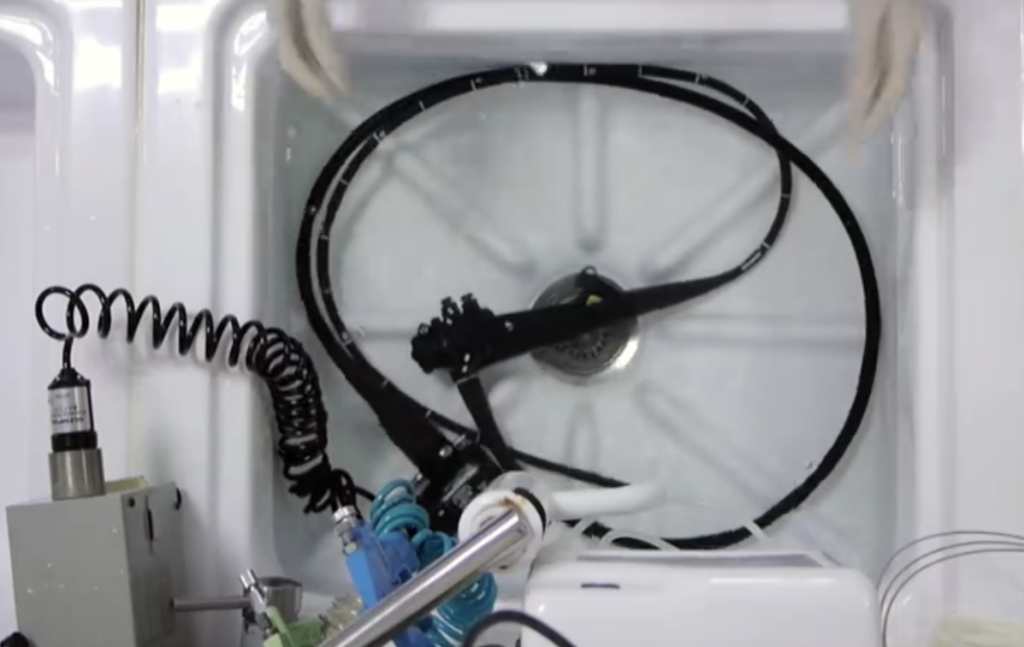
Disinfection Methods for 233 Medical Endoscopes
For most flexible endoscopes, two common disinfection methods are recommended:
2% Glutaraldehyde Solution Soaking: The endoscope should be soaked in a 2% glutaraldehyde solution for 30 minutes. This chemical is effective in killing a wide range of microorganisms, including bacteria, viruses, and fungi. After soaking, thorough rinsing with sterile water is essential to remove any residual glutaraldehyde, as it can be toxic to patients.
Low - Temperature Plasma Disinfection: This method uses plasma - generated reactive gas species to eliminate microorganisms. It's suitable for heat - sensitive endoscopes. The process requires specialized equipment and follows specific parameters for optimal results.
Some rigid endoscopes can withstand high - temperature and high - pressure disinfection. This method is usually for endoscopes with specific heat - resistant materials. It involves exposing the endoscope to high temperatures and pressures to kill microorganisms.
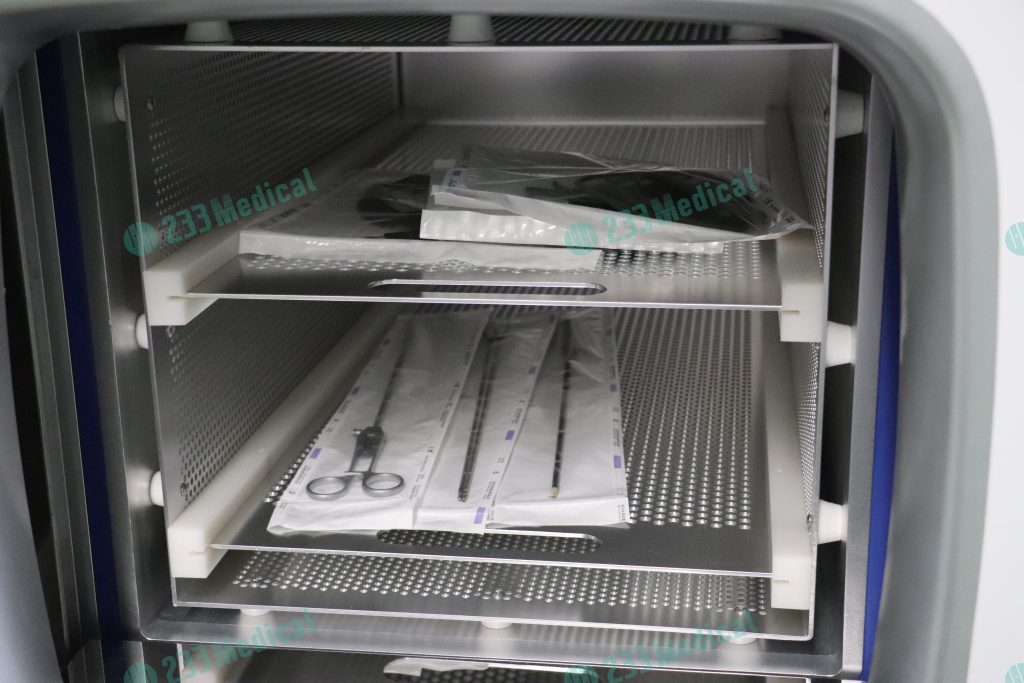
General Steps for Endoscope Disinfection
Regardless of the disinfection method, careful pre - cleaning is essential remove. Item debris and organic matter from the endoscope's surface and channels. This improves the effectiveness of the subsequent disinfection steps.
After pre - cleaning, choose the appropriate disinfection method based on the endoscope type. Strictly follow the disinfection time, concentration of chemicals, and equipment operation procedures. After chemical disinfection, rinse the endoscope thoroughly to remove any residual disinfectants.
Finally, proper drying and storage are important to prevent re - contamination. Store endoscopes in a clean, dry environment according to the manufacturer's guidelines.
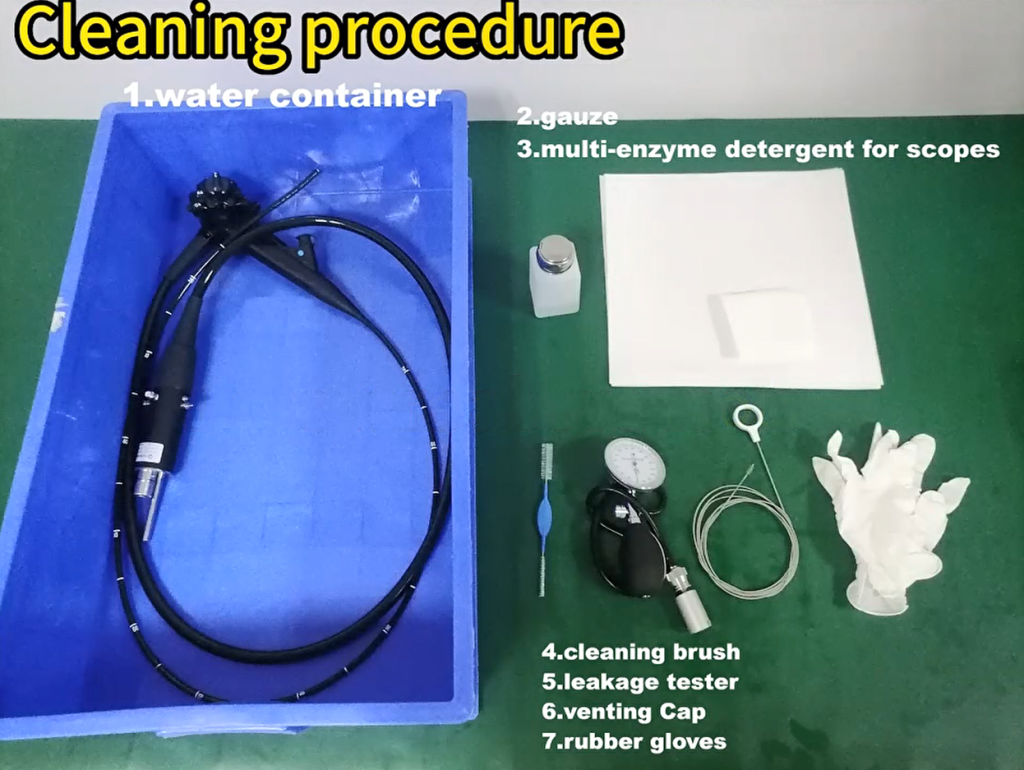
Importance of Proper Disinfection
Effective endoscope disinfection is crucial for patient safety. It prevents the transmission of infections between patients, reducing the risk of hospital - acquired infections. It also ensures the longevity and reliability of endoscopes, maintaining their performance and accuracy in medical procedures.
Conclusion
Understanding and implementing proper endoscope disinfection methods is essential for healthcare facilities. For 233 Medical endoscopes, using the recommended disinfection methods - 2% glutaraldehyde soaking, low - temperature plasma disinfection, or high - temperature and high - pressure disinfection for specific rigid models - ensures optimal results. Always refer to the manufacturer's instructions for specific disinfection requirements. By following these guidelines, medical professionals can provide safer and more reliable care to their patients.
If you need specific endoscope cleaning videos, click our YouTube channel to view the procedures. Click here to watch video.
https://www.youtube.com/watch?v=HOgpeJJcqp0

